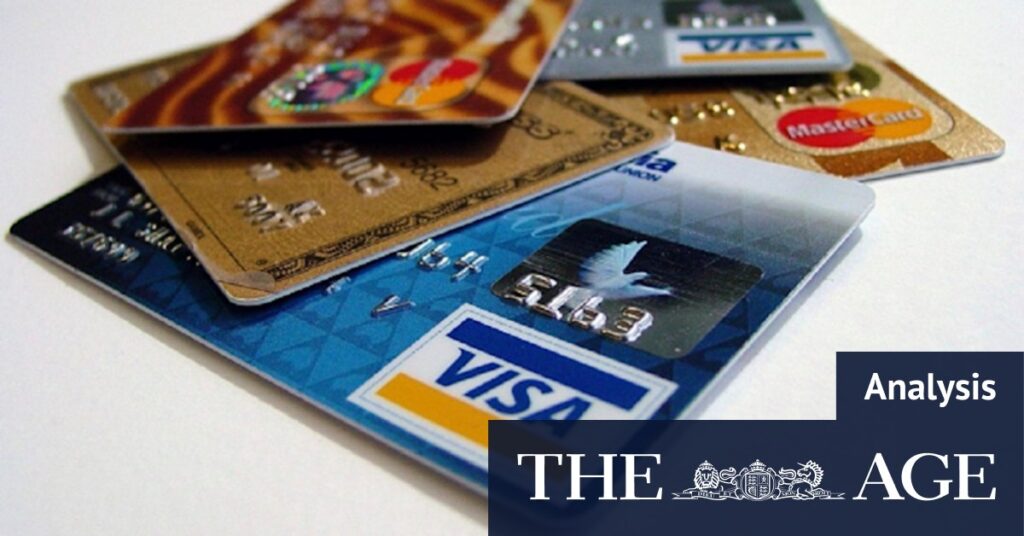
Have you ever wondered how credit card loyalty schemes manage to reward customers with perks such as frequent flyer points just for spending money on their cards? And who really pays for these goodies? This arcane system is being put under the microscope thanks to the Reserve Bank of Australia’s plan to overhaul the system of credit and debit card surcharges, announced in July.
The Reserve Bank is expected this month to release submissions from banks, other financial firms, small and medium businesses, and many others airing their views on the central bank’s plan to ban an estimated $1.2 billion in pesky credit and debit card surcharges. These are the percentage fees charged by businesses, such as hotels and restaurants, for using a card. The Reserve Bank estimates they cost every card-using adult about $60 a year each.
Understanding the Proposed Changes
Surcharges were originally meant to encourage the use of cheaper payment methods, but the current system is no longer working as intended. In addition to banning surcharges, the Reserve Bank also wants to cut fees that merchants are charged for accepting card payments. It plans to do this by capping “interchange fees” – which are paid by merchants every time a card is tapped. The Reserve Bank estimates its plan would lower merchants’ payment costs by $1.2 billion a year.
Whether those savings will really eventuate is very much up for debate. It depends on banks and others passing on savings to their clients. But one thing is certain: there will be significant debate over who will ultimately bear the cost of the proposed shake-up.
Banking Sector’s Response
Banks are already voicing their concerns, which is hardly surprising given they stand to lose an estimated $900 million in revenue as a result of the plan. Banks warn that the Reserve Bank is moving more aggressively than other countries in cutting interchange fees, while claiming it is underestimating the cost of providing a reliable payment network. If they are to lose $900 million in revenue, banks say they may need to respond by raising credit interest rates and fees, or devaluing reward points.
There is a precedent for this: banks significantly reduced the value of credit card loyalty schemes last decade as card revenue came under pressure. Payment giant Mastercard has also come out swinging against the Reserve Bank plan, arguing it will lead to higher costs for shoppers.
“There’s no free lunch. By cutting $900 million out of interchange … consumers are going to pay more for their credit card annual fees. There are probably new account-keeping fees on debit cards … the interest rate on credit cards will go up materially, and of course, those customers that like rewards points – and many do – will see they disappear,” said Richard Wormald, Australasia division president of Mastercard.
Impact on Small Businesses
Smaller businesses that depend on debit and credit cards to get paid, on the other hand, have a very different view. They want the Reserve Bank to take a stronger line and cut bank fees for debit cards – a potential cash replacement – to close to zero. The Independent Payments Forum, which represents small and medium businesses, says the central bank’s proposals don’t go far enough to reduce the pain for small businesses. It worries that its members won’t see much reduction at all in their payment costs, but with surcharging to be banned, they’ll have to absorb these payment costs or raise their prices. The forum is also pushing for the Reserve Bank to cut scheme fees – the fees charged by Visa and Mastercard for transactions.
The Broader Implications
Clearly, there is no way to please everyone in this debate. As digital payments continue growing, there is naturally tension between banks, card companies, businesses, and consumers over who should bear the cost of providing reliable and innovative payment infrastructure, and how to keep the system efficient.
In the Reserve Bank’s view, too much of the cost is falling on smaller merchants, who pay higher fees than retail giants to accept card payments. The Reserve Bank acknowledges that its plan to lower this cost may result in consumers paying higher fees or a watering down of credit card reward schemes – but that probably wouldn’t trouble the central bank much. While some cardholders love accruing frequent flyer miles, it is hard to see why small merchants should help to subsidize them in racking up these points.
Despite the complaints from banks, they will probably find ways to offset the hit from the planned changes. As the debate continues, the outcome of the Reserve Bank’s proposal will significantly shape the future landscape of digital payments in Australia.






